Care Of Peacock Echeveria – Tips For Growing Peacock Echeveria Plants
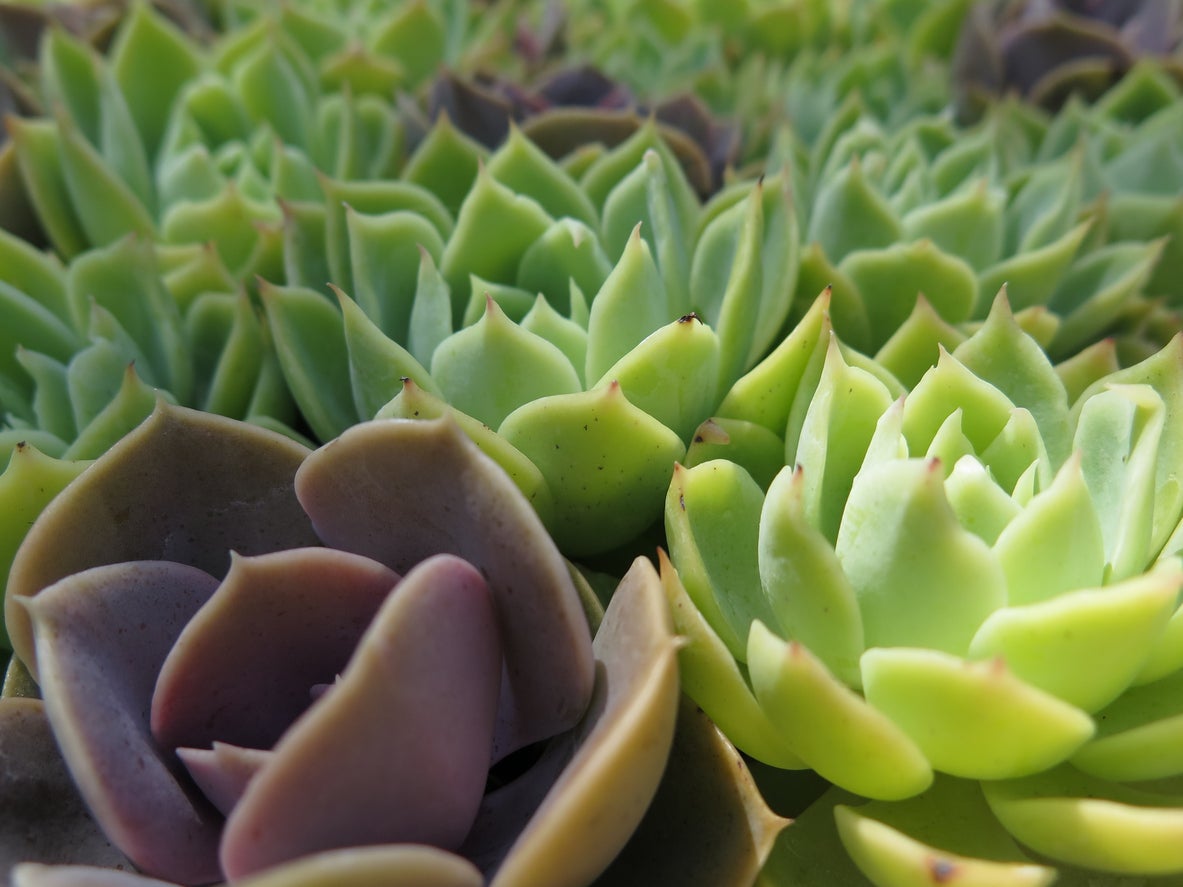

Somewhat unusual and possibly hard to find, the Peacock echeveria is a fast-growing succulent plant with rosettes up to 6 inches (15 cm.) across. It is unusual for a succulent to report fast growth. Leaves of the rosette are streaked a silvery-blue with pink to red tips and are slightly thinner than other echeveria plants. Let’s learn more about growing a Peacock echeveria succulent.
Peacock Echeveria Info
Found under the names Cotyledon peacockii or Echeveria desmetiana ‘Peacockii,’ this plant is advertised as rare. Some sell seeds online at the same price as most sell the plants, under $5. I personally have never grown a succulent from a seed but, as a horticulturist, I assume it is possible. All my young succulents are started from leaves or cuttings. Think it through before making any purchase online and always seek out reputable suppliers. The plant grows well in the ground year-round where temperatures allow and will soon become a matted groundcover, shooting up 10 inch (25 cm.) blooms. Happy Peacock echeverias bloom in summer on stalks with bell-shaped flowers that are a pinkish orange.
Growing Peacock Echeveria Plants
Peacock echeveria info indicates growing in partial sun or filtered shade is preferred, as it is easy to provide these delicate leaves with too much sun. It is also said to be heat tolerant when kept in these conditions. Growing Peacock echeverias need little water in spring and summer and even less in winter. If you must bring them indoors in winter, avoid drafts or vents that may blast warm air onto the plant. You may also put them in a cool location, but above freezing, to force them into dormancy. Even less water is needed in this situation. When growing Peacock echeveria in a container, use one with drainage holes. Plant in fast-draining soil, possibly a cactus mix amended with coarse sand or pumice. Echeveria can suffer quickly from soil that remains moist. Grow this plant alone in a container or with other succulent plants that have similar growing requirements – watch chain plant (Crassula muscosa or Crassula lycopodioides) or elephant bush (Portulacaria afra), both grow well in partially shaded conditions. Appropriate care of Peacock echeveria includes removing dead bottom leaves as new growth shoots from the top. Fertilize these plants in spring if they do not appear in top condition. Weakened houseplant fertilizer or compost tea is recommended.
Gardening tips, videos, info and more delivered right to your inbox!
Sign up for the Gardening Know How newsletter today and receive a free copy of our e-book "How to Grow Delicious Tomatoes".

Becca Badgett was a regular contributor to Gardening Know How for ten years. Co-author of the book How to Grow an EMERGENCY Garden, Becca specializes in succulent and cactus gardening.
-
 Grow ‘Karl Rosenfield’ Peony Plants For The Ultimate Frilly Border Beauties And Cut Flowers
Grow ‘Karl Rosenfield’ Peony Plants For The Ultimate Frilly Border Beauties And Cut FlowersFor frilly double magenta peony petals infused with a heady fragrance, grow ‘Karl Rosenfield’ peony plants. Here’s how to cultivate the ultimate plushy blooms
By Tonya Barnett
-
 10 Common Composting Problems That Can Spoil Your Garden Gold – Plus Easy Fixes
10 Common Composting Problems That Can Spoil Your Garden Gold – Plus Easy FixesLearn how to troubleshoot common composting issues before they ruin your stash – from bad smells and bugs to materials not breaking down as they should.
By Susan Albert
-
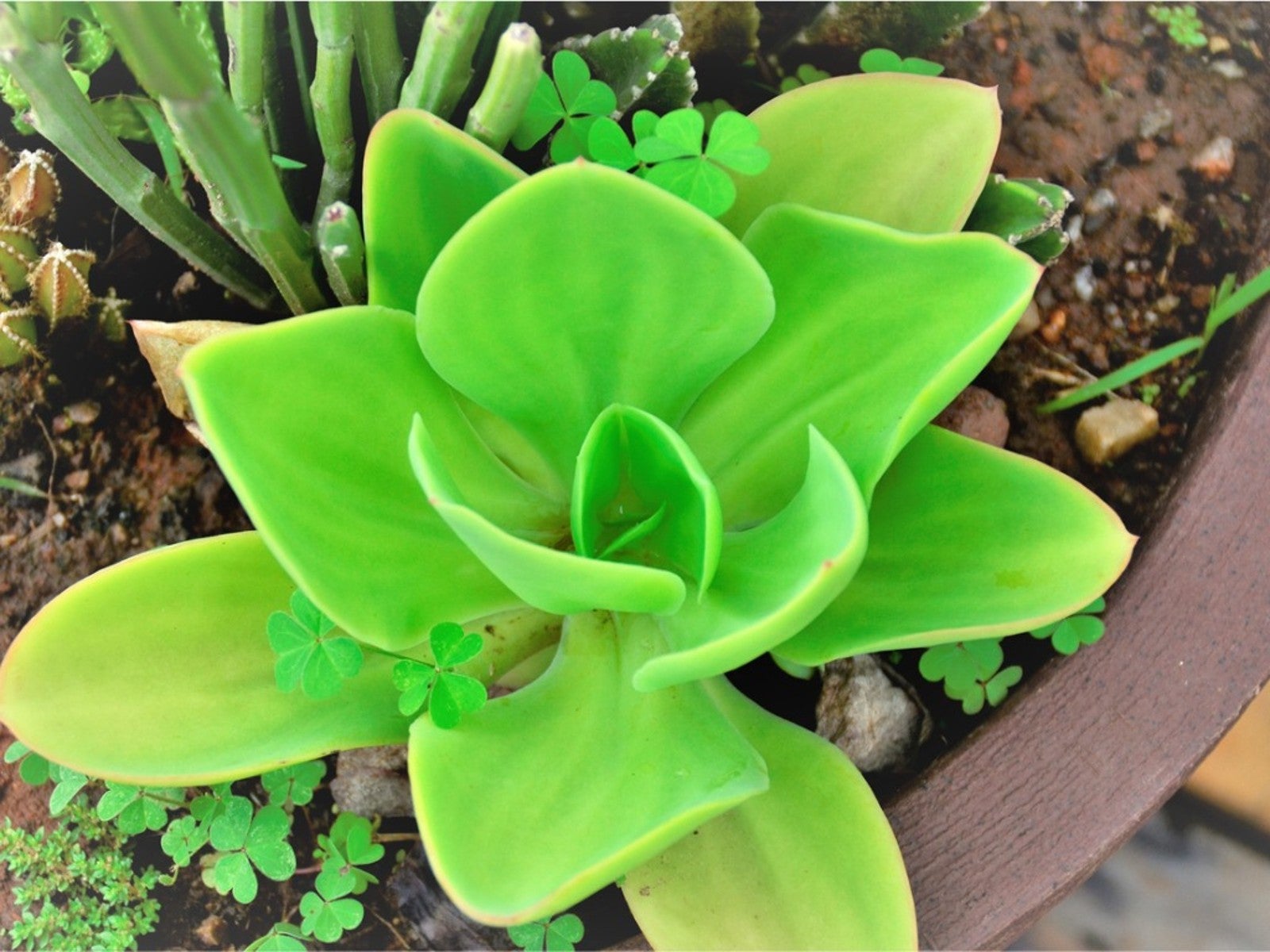 Echeveria Pallida Plant Info: Growing Argentine Echeveria Succulents
Echeveria Pallida Plant Info: Growing Argentine Echeveria SucculentsIf you enjoy growing succulents, then Echeveria pallida may be just the plant for you. Click here to learn about Argentine echeveria plants.
By Becca Badgett
-
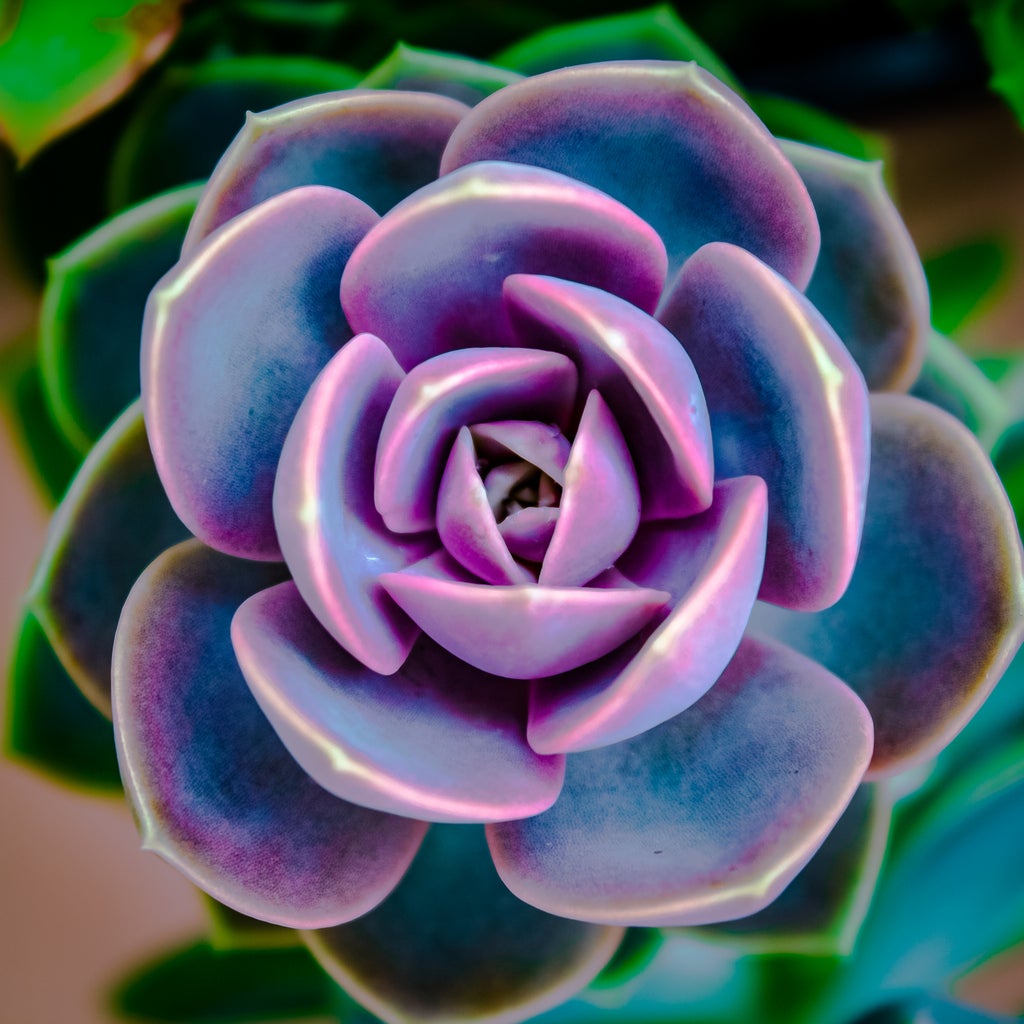 Perle Von Nurnberg Info: What Is A Perle Von Nurnberg Plant
Perle Von Nurnberg Info: What Is A Perle Von Nurnberg PlantEcheveria are some of the easiest succulents to grow, and the Perle von Nurnberg plant is one of the prettiest examples of the group. Click here for some comprehensive Perle von Nurnberg information.
By Bonnie L. Grant
-
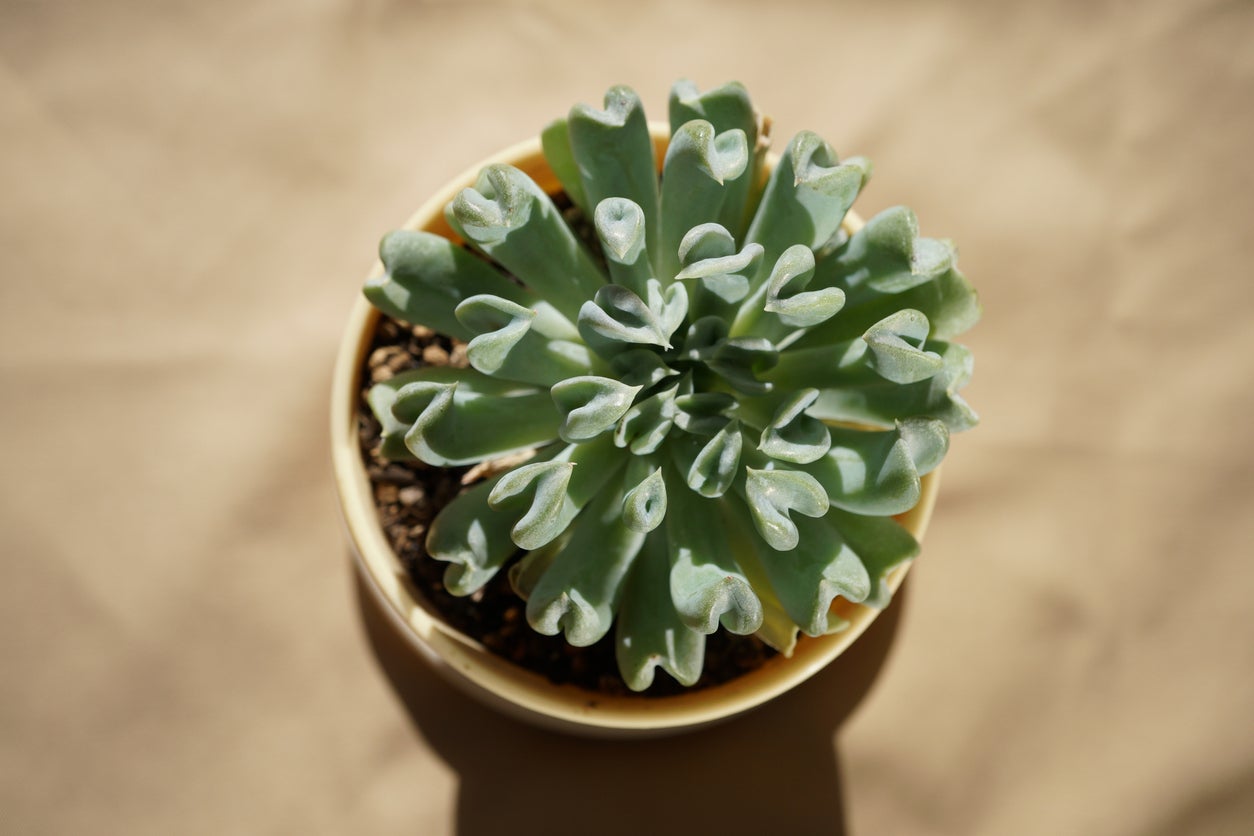 Topsy Turvy Echeveria Care: How To Grow A Topsy Turvy Plant
Topsy Turvy Echeveria Care: How To Grow A Topsy Turvy PlantSucculents are varied and come in a lot of different shapes and colors. A Topsy Turvy plant is a stunning type of echeveria, one large group of succulents, that is easy to grow and adds visual interest to desert beds and indoor containers. Learn more in this article.
By Mary Ellen Ellis
-
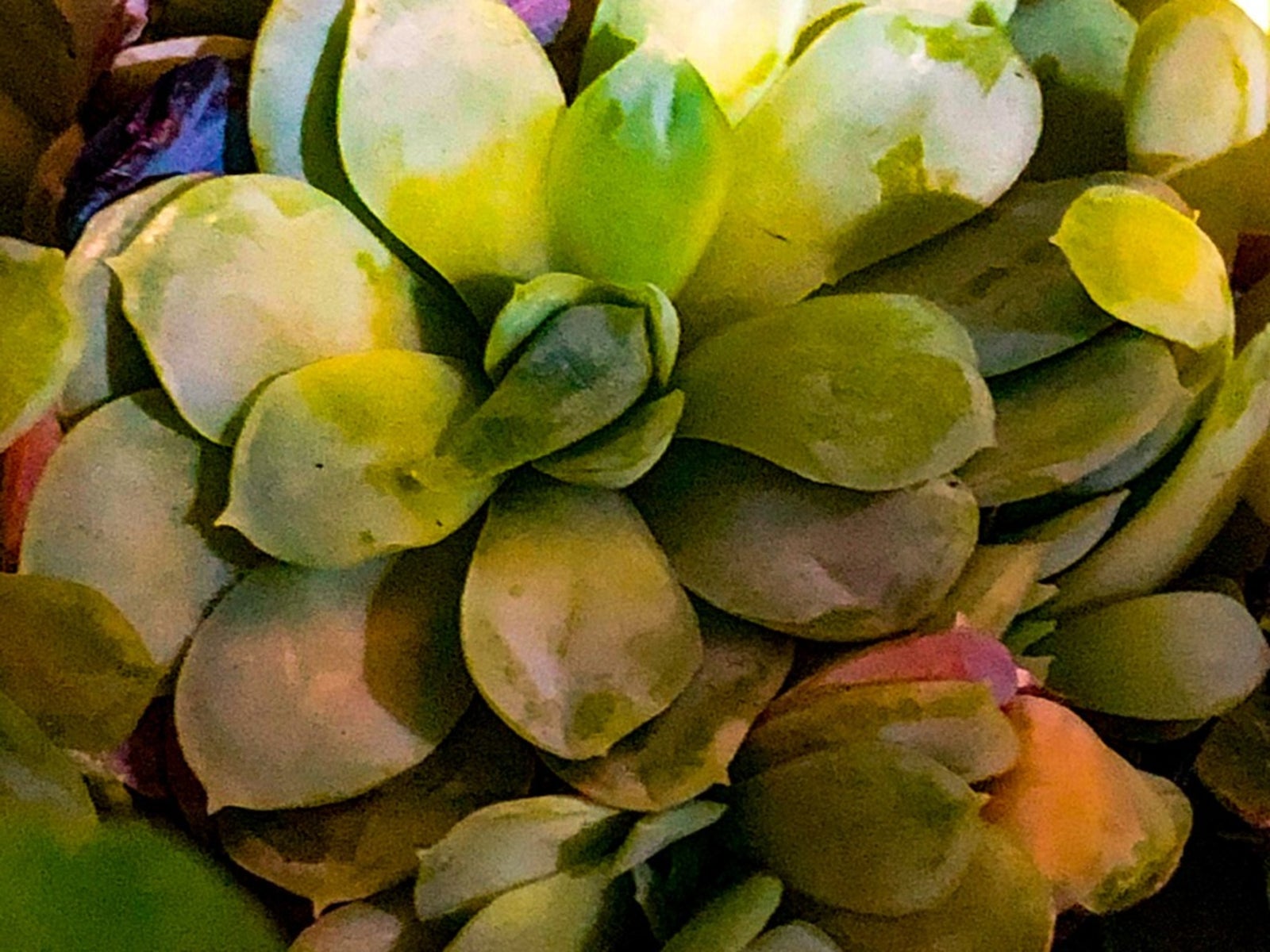 Arctic Ice Succulent: What Is An Arctic Ice Echeveria Plant
Arctic Ice Succulent: What Is An Arctic Ice Echeveria PlantSucculents are enjoying immense popularity as party favors, particularly as wedding take away gifts. If you have been to a wedding lately, you may have come away with an Echeveria ‘Arctic Ice’ succulent, but how do you care for it? This article will help.
By Amy Grant
-
 Doris Taylor Succulent Info: Tips On Growing A Woolly Rose Plant
Doris Taylor Succulent Info: Tips On Growing A Woolly Rose PlantEcheveria "Doris Taylor," also called the woolly rose plant, is a favorite of many collectors. If you’re not familiar with this plant, you may ask what is a woolly rose succulent? Click this article to learn more about this interesting succulent plant.
By Becca Badgett
-
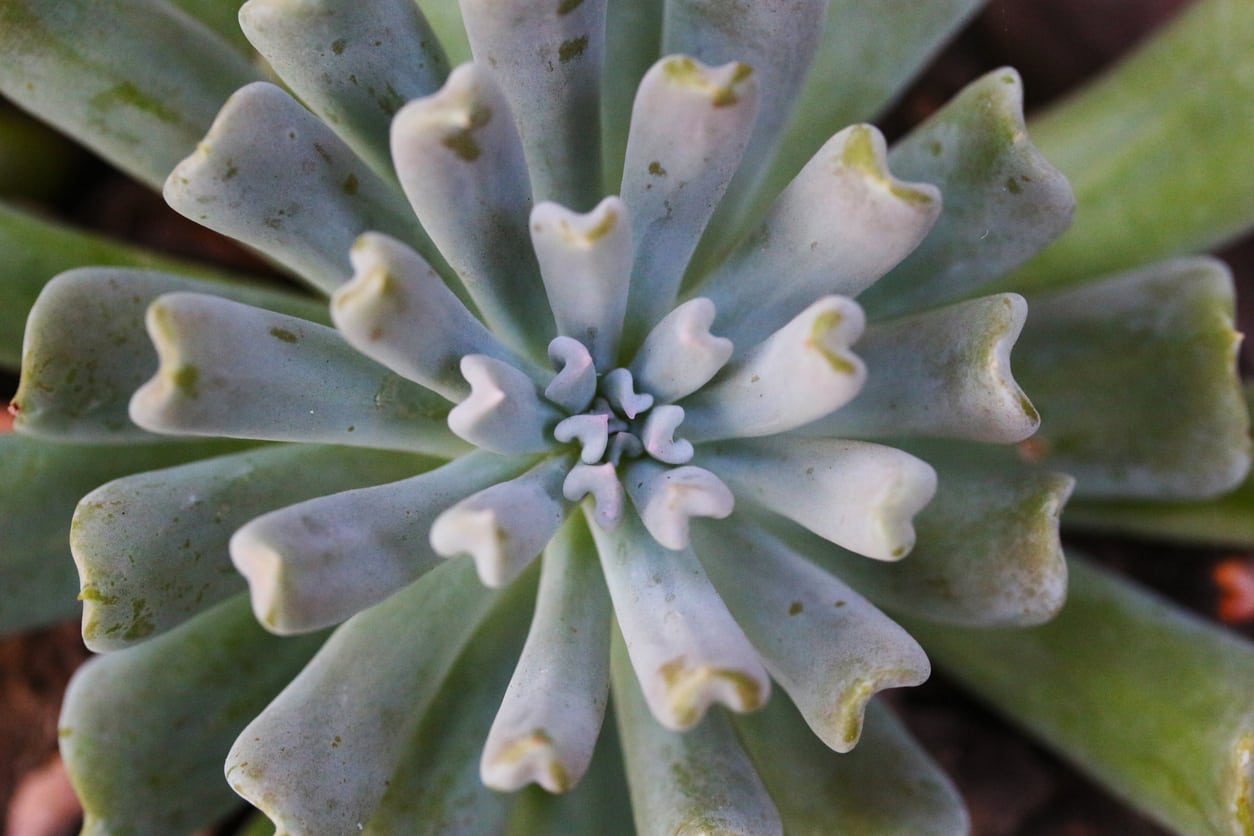 Irish Mint Echeveria Info: How To Grow An Irish Mint Succulent
Irish Mint Echeveria Info: How To Grow An Irish Mint SucculentEcheveria is a genus of stonecrop plants with a huge variety of species and cultivars, many of which are very popular in succulent gardens and collections. One beautiful and easy-care variety is Echeveria ‘Irish Mint.’ Click here for more info on this echeveria plant.
By Liz Baessler
-
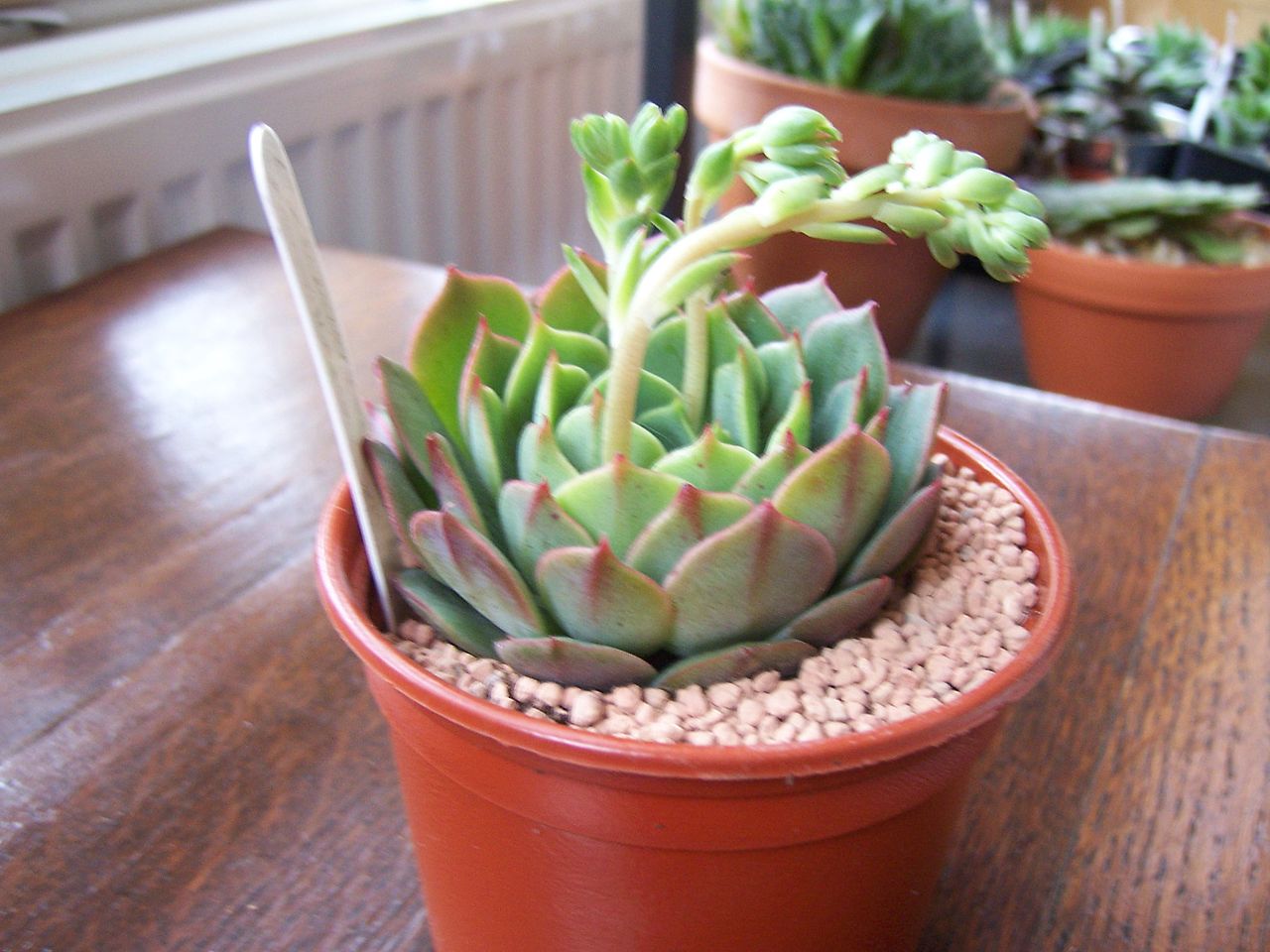 Caring For Ramillette Echeverias – Information About Ramillette Succulents
Caring For Ramillette Echeverias – Information About Ramillette SucculentsThe Ramillette echeveria plant is also called Mexican hens and chicks, but don’t be misled. These plants are only hardy in USDA zones 9-11 for year-round outdoor planting and growing. Click here to learn more about caring for a Ramillette echeveria plant.
By Becca Badgett
-
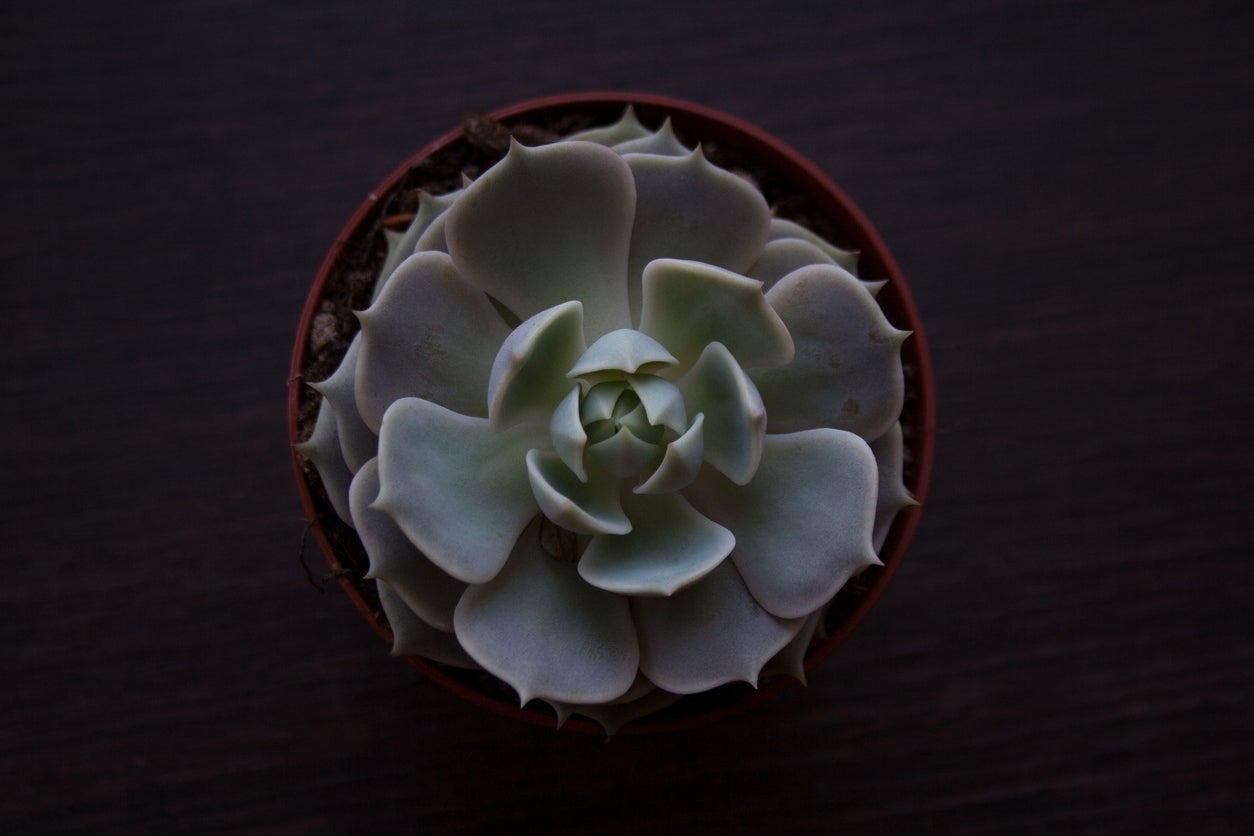 Echeveria ‘Lola’ Info: Learn How To Care For A Lola Echeveria
Echeveria ‘Lola’ Info: Learn How To Care For A Lola EcheveriaAnother of the most commonly owned succulents, the popular Echeveria ‘Lola’ plant is a beautiful, rosette that may be surrounded by pups. Offsets produce readily on this grayish-blue leafed favorite. Growing Lola echeveria is simple too, and this article will help.
By Becca Badgett